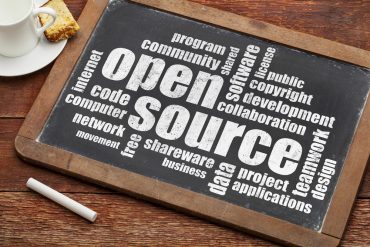
Predictive analytics can help narrow the chasm between data analytics professionals and the business people who benefit from their activities.
“Nanoeconomics” may sound like a college course that one may expunge from their minds as soon as they wrap up their final exam the last day of the semester, but it’s a force that may supercharge the insights data and technology professionals are delivering to their business decision-makers. At its heart, data analytics is an economic activity, expected to add some incremental value to corporate revenues.
But there’s been a yawning chasm between the activities of data analytics professionals and the businesspeople who are supposed to see the benefits of those activities. Namely, analytics insights are typically based on statistical averages, versus directly focusing on the problems at hand.
See also: Predictive Analytics, ML, AI – Do I Have to Choose?
That’s the word from Bill Schmarzo, who has been leading the charge with enterprise data analytics for years, and has seen “organizations struggling to cross the analytics chasm; to transition retrospective business intelligence to AI/machine learning-driven analytics that predicts what is likely to happen and prescribe preventative, corrective or monetization actions.”
The problem, Schmarzo explains, is business intelligence, as it is practiced, “revolves around the world of averages. Making decisions based on averages at best yield average results.” Worse yet, he adds, “making decisions based on averages can drive yield incorrect decisions.”
Most decisions, he continues, are “based upon averages — average attrition rate, average cross-sell rate, average inventory turns, average operational downtime, average Covid infections — to running the business by making decisions based upon individual entity — humans or devices– predicted propensities.”
So how do organizations move from “average” decision-making to a form that is more predictive and prescriptive? First, of course, Schmarzo urges that enterprises embrace nanoeconomics (there’s that word again). He defines it as the “theory of identifying, codifying and optimizing based upon individual human and device propensities, where propensities are the natural inclinations, tendencies, patterns, trends, and relationships for humans or devices to behave or operate in a predictable manner.”
To make this happen, Schmarzo recommends creating “analytic profiles” of customers, products, and operations, on which predicted propensities are based, and developing use cases. “It is around these analytic profiles that organizations will build a significant percentage of their analytics capabilities — for example, detect anomalies, predict next best action, optimize utilization, load balancing, minimize inventory, rationalize products, predict maintenance needs, or flag questionable activities.”
The use-case-by-use-case deployment approach is the way data analytics defeats the law of averages. This approach “not only exploits the rapid learning, sharing, and reapplication of the data and analytic learnings to future use cases but also enables organizations to deliver a compelling ROI on each use case as they incrementally build out their data and analytics assets,” Schmarzo illustrates.
The classic “ERP big-bang approach to deploying technology is dead,” Schmarzo states. “Instead, organizations are embracing the economies of learning by applying a use-case-by-use-case approach that enables data and analytic developments and improvements from one use case to be reapplied to future use cases while driving a positive ROI from each use case — which the business users love.”




























